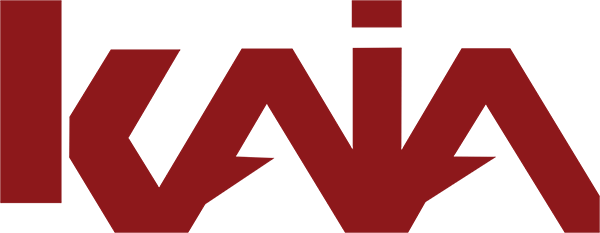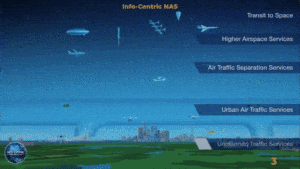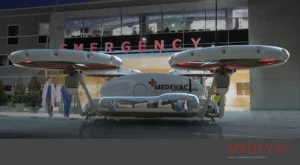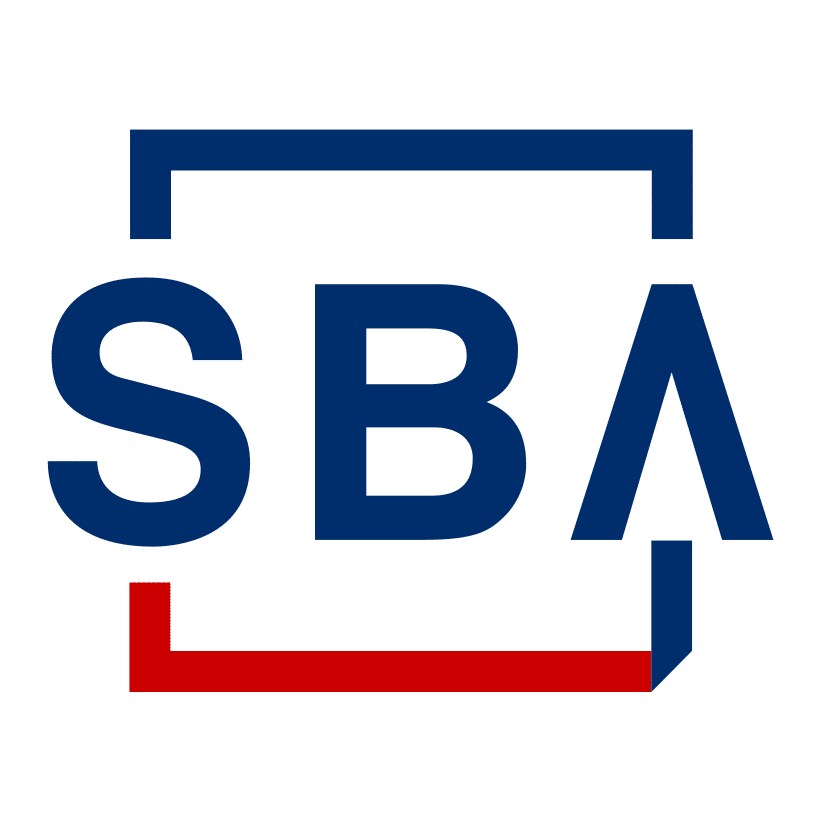
Time to dive in!
- Understand Your Product: Gain a deep understanding of the technical aspects, functionalities, and unique selling points of your product. Familiarize yourself with its features, benefits, and how it solves specific problems for your target audience.
- Identify Your Target Audience: Determine who your presentation is targeting. Identify the key stakeholders, decision-makers, and end-users who will be present. Tailor your presentation to their needs, interests, and level of technical knowledge.
- Set Clear Objectives: Define the objectives of your presentation. Are you aiming to generate interest, educate, or persuade your audience? Establishing clear goals will guide your content creation and ensure that your message is effectively communicated.
- Develop a Compelling Storyline: Craft a well-structured storyline for your presentation that takes the audience on a journey. Start with an attention-grabbing opening, highlight the product’s key features and benefits, provide real-world examples or case studies, and end with a compelling call-to-action.
- Showcase Engaging Visuals: Utilize visually appealing and informative slides to support your presentation. Incorporate high-quality product images, diagrams, infographics, and videos to demonstrate the product’s functionality and highlight its unique selling points.
- Practice, Practice, Practice: Rehearse your presentation repeatedly to ensure a confident and smooth delivery. Time yourself to stay within the allotted time frame and focus on your tone, pace, and body language. Practice answering potential questions to be well-prepared for the Q&A session.
- Prepare for Technical Demonstrations: If your product allows for demonstrations, ensure that you have thoroughly tested and prepared them in advance. Practice your demonstrations to ensure they run seamlessly during the presentation, and have backup plans in case of technical issues.
- Address Potential Objections: Anticipate any potential objections or concerns your audience might have and prepare persuasive responses. Addressing objections effectively demonstrates your product’s value and shows that you have thoroughly considered their needs.
- Gather Social Proof and Testimonials: Collect customer testimonials, success stories, and case studies that highlight the positive experiences of using your product. Incorporate these into your presentation to build credibility and instill confidence in your audience.
- Rehearse the Setup and Logistics: Check the presentation venue in advance to ensure that the necessary equipment, such as projectors, microphones, and internet connectivity, is available and functioning properly. Arrive early on the day of the presentation to set up and test everything.
- Create Supporting Materials: Develop supporting materials, such as brochures, product fact sheets, and contact information, that can be distributed to the audience. These materials should reinforce your presentation and provide additional information for further reference.
- Seek Feedback and Iterate: After delivering your presentation, seek feedback from attendees and stakeholders. Analyze their responses and use the feedback to improve future presentations. Continuous refinement is key to delivering even more impactful product presentations.
A perfect example of a powerful technical presentation comes from a collaboration between KAIA and Flight Deck Collaborative Decision Making (FD CDM). Tasked with the challenge of communicating this complex aerospace concept to engineers and program managers, KAIA utilized storytelling, high-impact visuals, and multiple iterations to craft a highly engaging and effective presentation. The use of dynamic visuals, including animations and 3D illustrations, made the presentation memorable and encouraged audience action. The result? The customer received overwhelmingly positive feedback from the final presentation.
These proven strategies can work for your presentations too. Remember to approach your technical product presentation with the same mindset: Understand your product, tailor your content to your audience, craft a compelling narrative, enhance with striking visuals, and practice until perfect.
Engineers are the masters at solving problems and pushing the boundaries of what’s possible in aerospace. The problem is showcasing the potential of these breakthroughs to the wider audience. Having delivered hundreds of explainer videos, technical presentations, and engaging websites, KAIA’s proven methodology will bring your projects to light in the most compelling way, underlining their real-world benefits. KAIA will reduce risk by ensuring your groundbreaking innovations get the recognition they deserve.
We invite you to take the next step and explore how clear communication can elevate your work. When you’re ready, schedule a strategy session with us. Let’s embark on this journey of discovery together, amplifying the reach and understanding of your valuable contributions to aerospace.






